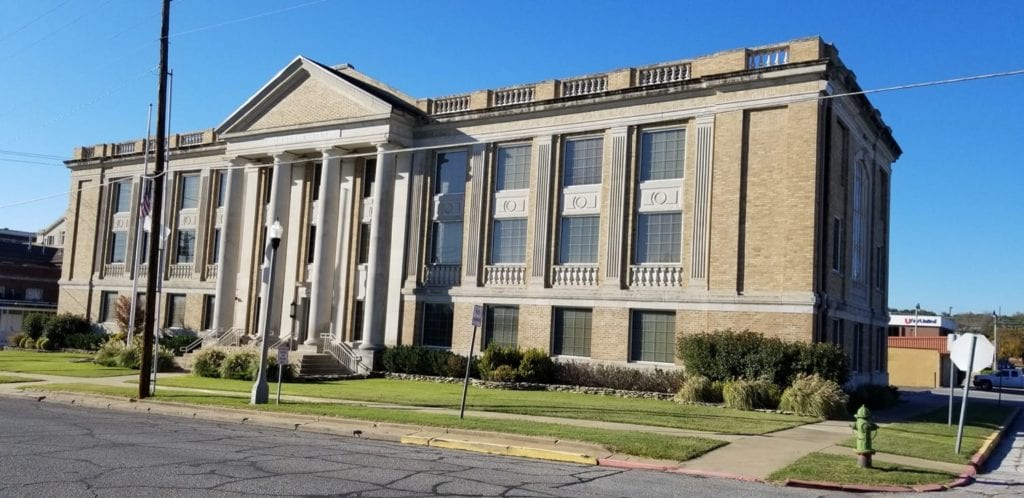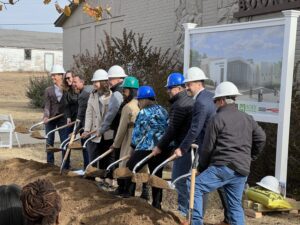Creek County maps need to be updated to ensure accuracy regarding their 911 system and GIS data, the County Commissioners learned at Monday morning’s meeting.
GIS—or Geographical Information System—is a computer software system that displays information about geographical locations in a given area. The software contains several layers of information—which can be overlayed or seen individually—that include vegetation, streets, and buildings. This information allows the County to see areas that they can work with, areas that need to change and can aid in understanding the relationship between townships and cities. GIS Data is also vital to 911 Data, as emergency services and dispatchers use the data to send aid in response to emergency calls. For a 911 system to be properly efficient, the GIS Data should ideally be 98% correct. Currently, Creek County is running with 25% errors, leaving only 75% of the GIS Data to be correctly lined up.
The last time the GIS Data for Creek County was updated was in 2014, and the County is seeking a new license with ArcGIS Online as well as a contract with Mission Critical Partners, LLC for data maintenance. A grant from the Oklahoma 911 Management Authority would help pay for the data maintenance with Mission and would allow the County to update and fix the parcel lines in the GIS maps. ArcGIS Online would allow the County to rate roads and conditions through an app, pointing out areas that need fixed to push the County forward. A single license for an administrative account would run the County anywhere between $1,000 and $4,000 per year, depending on which perks they want access to. Then, the county plans to also acquire three or four ‘fieldworker’ licenses at $350 per year, which would allow the chosen employees to input information and data regarding roads and addresses for the GIS mapping. After obtaining licenses from ArcGIS, the licenses can be amended at any time, and the County could add or remove licenses as needed. For now, Newt Stephens of District #1 is confident he wants a license for his district so he can utilize the program and continue updating and maintaining roads. District Nos. 2 and 3 Commissioners Leon Warner and Jarrod Whitehouse are going to do some homework before they come to a decision.
When the County merged their GIS files, they realized the discrepancies in addresses that were causing the 25% error margin, most likely due to misspellings or a South that should’ve been a West. Some parcels are showing across the street from where they actually are, although the survey maps are correct—they just don’t line up quite right. A team would have to physically inspect and check addresses and parcels to fix this issue before the County signs any contracts with Mission Critical Partners. The County board assures the maps are technically correct, but they appear off. A new base layer map of GIS is currently being completed by EagleView and their high-quality camera planes, with the County eagerly awaiting that information any day now.











